When you bring your dog on a car ride, you may notice extremely varied reactions. Some dogs will stick their tongue out and take in the sights, excited to get out of the house. Other dogs might start to whine, seeming dizzy and queasy. Some might even vomit. Car sickness in pups is fairly common, but it doesn't have to stop you and your pooch from cruising.
What is Car Sickness?
Car sickness is a type of motion sickness that causes feelings of dizziness and disorientation while taking a ride. Motion sickness occurs when the eyes and muscles aren't interacting properly, sending the brain mixed signals. This leaves the feeling of dizziness and even sickness.
Can Dogs Get Car Sick?
Yes, dogs can get motion sickness, even during short trips. Just like us, it's more common in puppies and younger dogs than in adults. This may be due to the inner ear (which is involved in balance) not being fully developed. Some people may confuse motion sickness with travel anxiety since they have overlapping symptoms. You'll probably notice more nervous behavior if your dog has travel anxiety, including shaking, tail tucking, and even attempting to hide.

What Causes Dog Motion Sickness?
Just like humans, dogs may be getting mixed signals sent to their brain. For example, their eyes may recognize that they are not moving, but their inner ear may sense that they are moving. When the brain gets these mixed signals, it triggers a pretty impactful feeling of dizziness, which may lead to vomiting. Some dogs will "grow out of" being car sick as they get older, but others may not.
Signs of Car Sickness for Dogs
So how do you know if your dog is experiencing car sickness? There are common signs of car sickness to look for during or after a ride. Here is how to know if your dog is experiencing car sickness.
- Drooling: Often, dogs will start drooling when they are queasy and may be close to vomiting.
- Excessive panting: Your pup may breathe heavily as a reaction to stress.
- Pacing: Dogs might start pacing when they feel uncomfortable or nervous. They might also start to whine.
- Wide eyes: Just like when a human feels threatened or frightened, the whites of your dog's eyes may show in response to these feelings.
- Appearing hunched over: Your dog might be feeling sick and in a position where they are expecting to barf.
- Yawning: This is another form of body language dogs use to express stress. A stressful yawn is longer and more pronounced than a tired yawn.
- Licking lips: This is another common sign that your dog may be getting queasy and experiencing excess saliva. Licking might also be a nervous reaction to feeling discomfort and confusion.
- Pulled back lips: Tight facial muscles and pulled back lips indicate that your pooch is nervous.
- Seeming unbalanced: If your dog doesn't seem able to stand up or seems unstable, they probably feel dizzy.
- Fast, shallow breathing: This is another sign of stress and fear; a reaction when the body goes into 'fight or flight' mode.
- Vomiting: This doesn't always happen for dogs with car sickness but can result from feeling prolonged queasiness and dizziness. If your dog experiences vomiting when car sick, think of putting down a blanket or cover before heading out.

How to Prevent Car Sickness in Canines
Even though car sickness is often out of your dog's control, there are ways to reduce the symptoms and help your dog feel more comfortable during car rides. There are a few things you can do to make car trips more tolerable for your pup.
Travel on an Empty Stomach
Dogs will be less likely to barf if they have an empty stomach. Before a car ride, it's best to not give your dog a full meal. It's helpful to give them a teaspoon or two of food and maybe a couple of treats, so they have a little bit of food in their stomach. This will decrease their chance of getting nauseous. But don't skimp on the water. That's important to give your dog before a trip, ensuring that they stay hydrated.
Give Your Dog CBD
Before you leave for a car trip, try premium quality CBD for dogs (either CBD oil or treats) to treat motion sickness. CBD is known to help promote calmness in your dog as well as reduce symptoms of an upset stomach. This dog motion sickness medicine can make it the perfect way to keep your dog relaxed during a car ride and reduce the likelihood of feeling queasy and vomiting.
Try giving your dog CBD about 30 minutes before the car ride. That's about how long it takes the effects to kick in. After that, it may be best to give it to your dog in oil form, allowing you to drop it into the back of their mouth. But if needed, CBD calming chews and CBD dog treats are also an option. Just don't give your dog too much since you want to keep their stomach almost empty.
Keep the Windows Down
Some fresh air circulated throughout the ride can help keep the car cool and make your dog feel better and less stuffy. Open the windows on both sides to let the air flow through and prevent motion sickness. But make sure that your dog is restrained. You don't want them to stick their head out of the window or jump out of the car. Sticking their head out of the window might injure their eyes, face, or throat.
Make Frequent Stops
It's best to make frequent stops when you bring your dog on car rides, especially if they are longer trips. This will give your dog a break from the possibility of conflicting sensory signals, allowing them to regain their balance and composure. Frequent stops will also let your dog sniff around and get a good break from the trip. They will also be able to use the potty, keeping your car safe from accidents.
Make Car Rides a Good Thing
If your dog feels anxious and sick during car rides, it may help to make car rides a positive experience for your pet. Create a positive association by giving your dog positive attention, pets, and a couple of treats every time they go in the car. You can build up your dog's tolerance to being in the car, going further each time until your dog appears a bit more confident and comfortable.

How Long Do Motion Sickness Last?
Motion sickness in dogs typically lasts for the duration of the car ride or other motion exposure, but symptoms like drooling, nausea, and vomiting usually subside within a few minutes to a couple of hours after the movement stops. Puppies are more prone to motion sickness due to their developing inner ear structures, but they often outgrow it as they mature.
Final Thoughts
Car sickness can't be cured, and it's out of your dog's control. But there are some things you can do to help your dog feel more comfortable during car rides. This includes giving your dog a regular dose of CBD to help keep them calm and soothed, giving them frequent breaks during the trip, and even putting them in a booster seat.



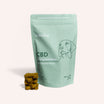

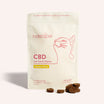
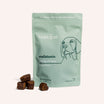
![Probiotics For Dogs [Soft Chews] - HolistaPet](http://www.holistapet.com/cdn/shop/files/Probiotic-Infographic-1_472d7a29-e30c-435a-9638-1365d8c3a9f9.jpg?v=1725384841&width=104)
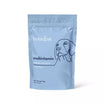



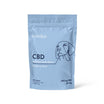
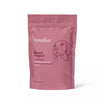
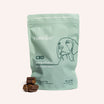
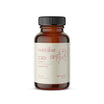
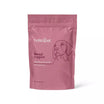
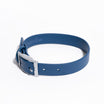
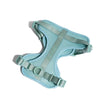
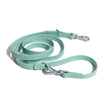

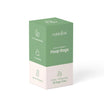
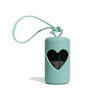
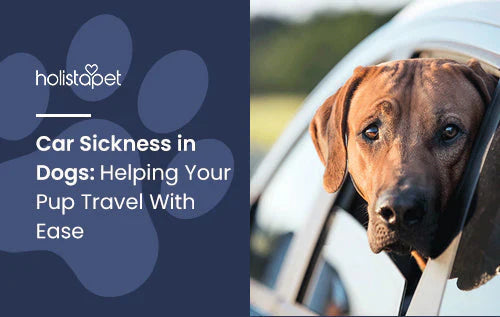

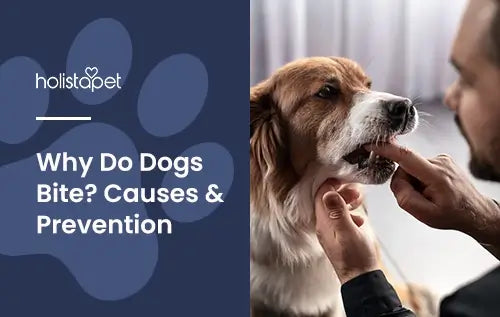
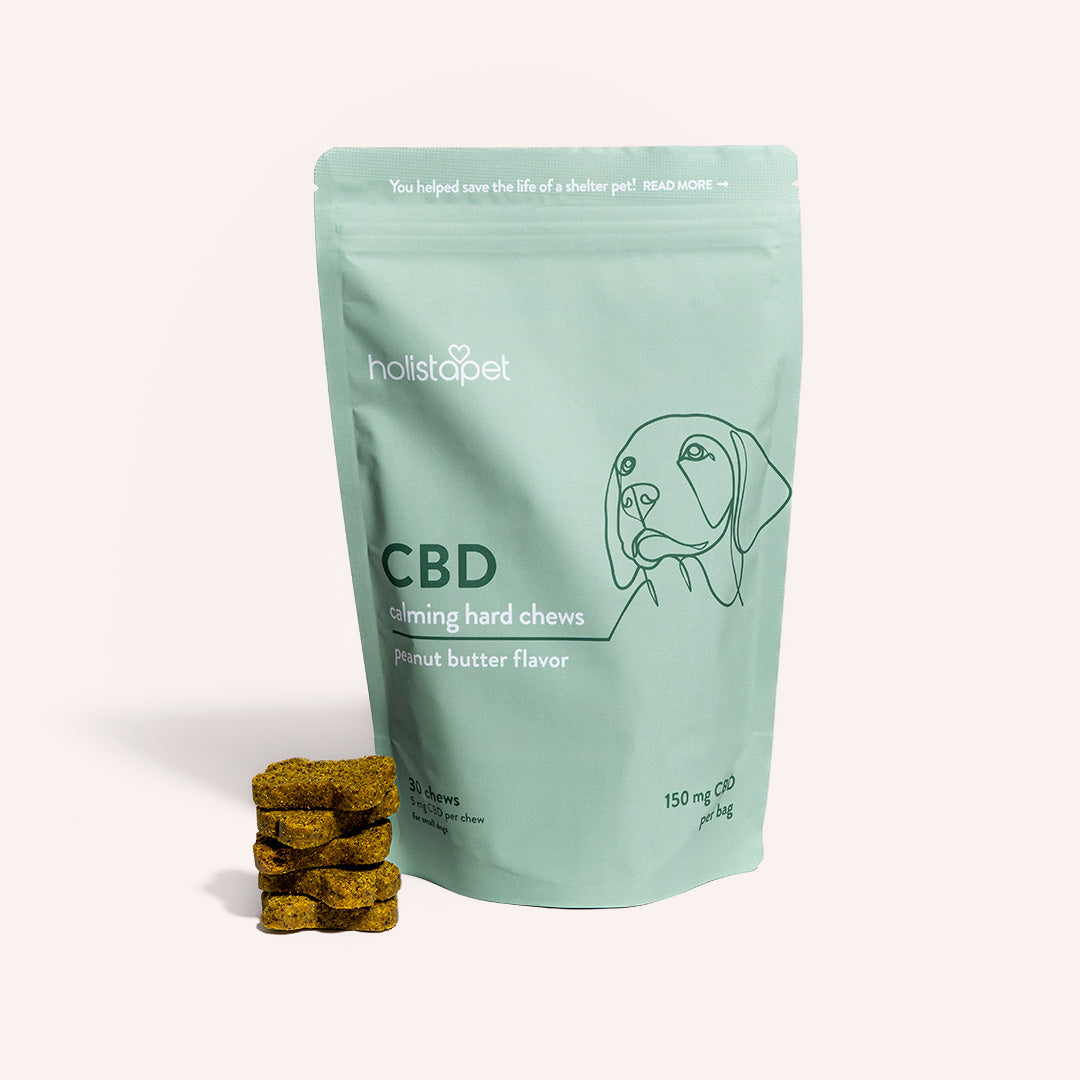
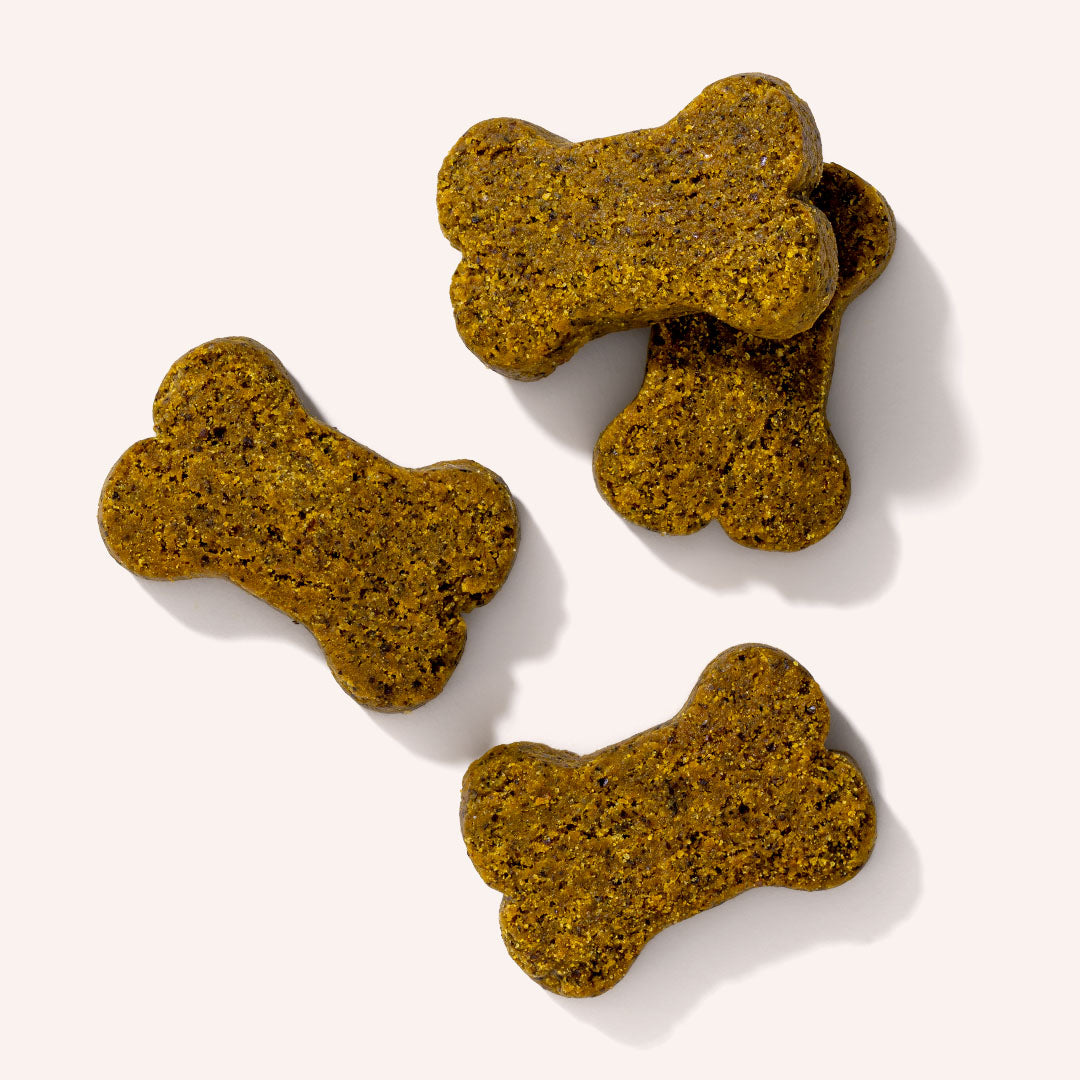

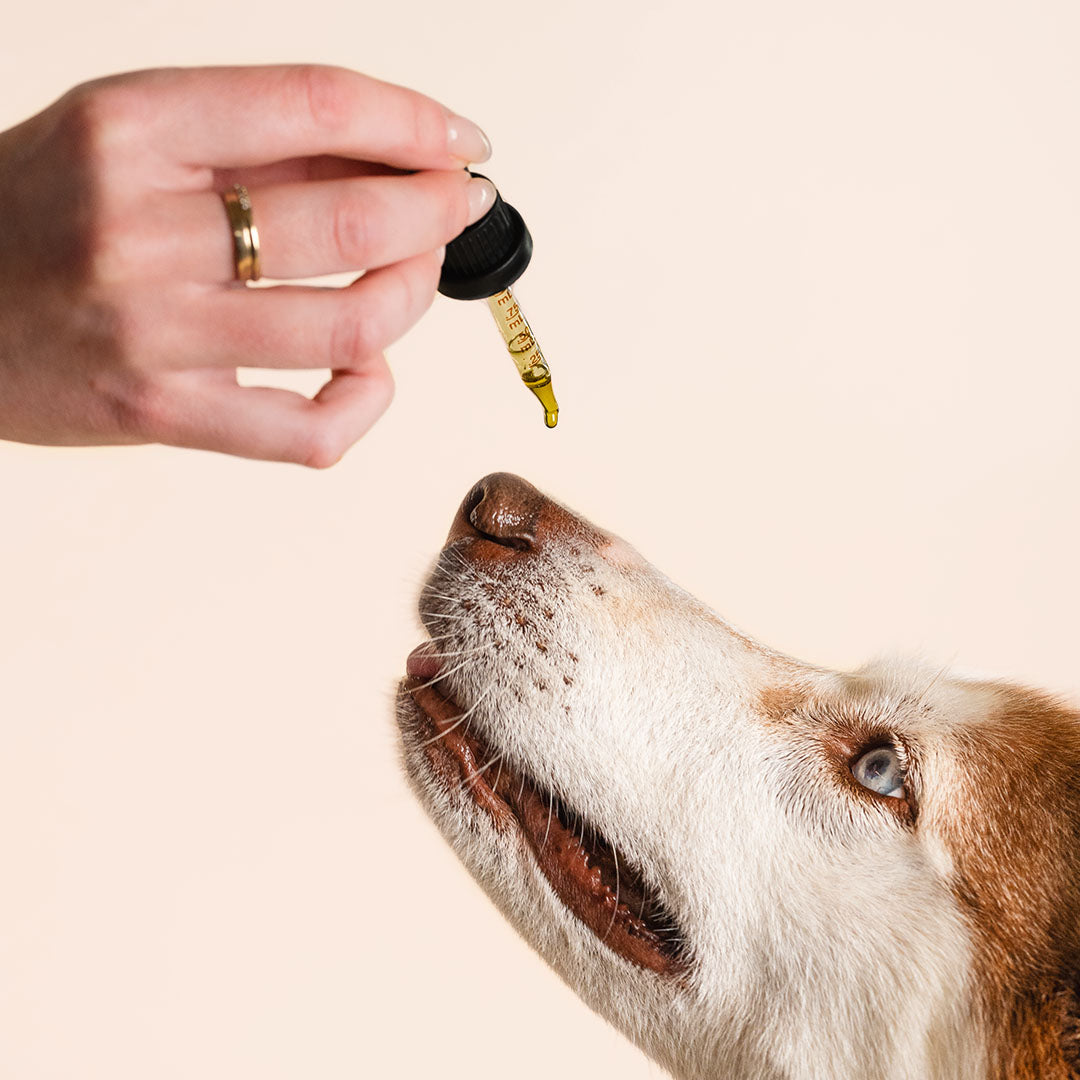


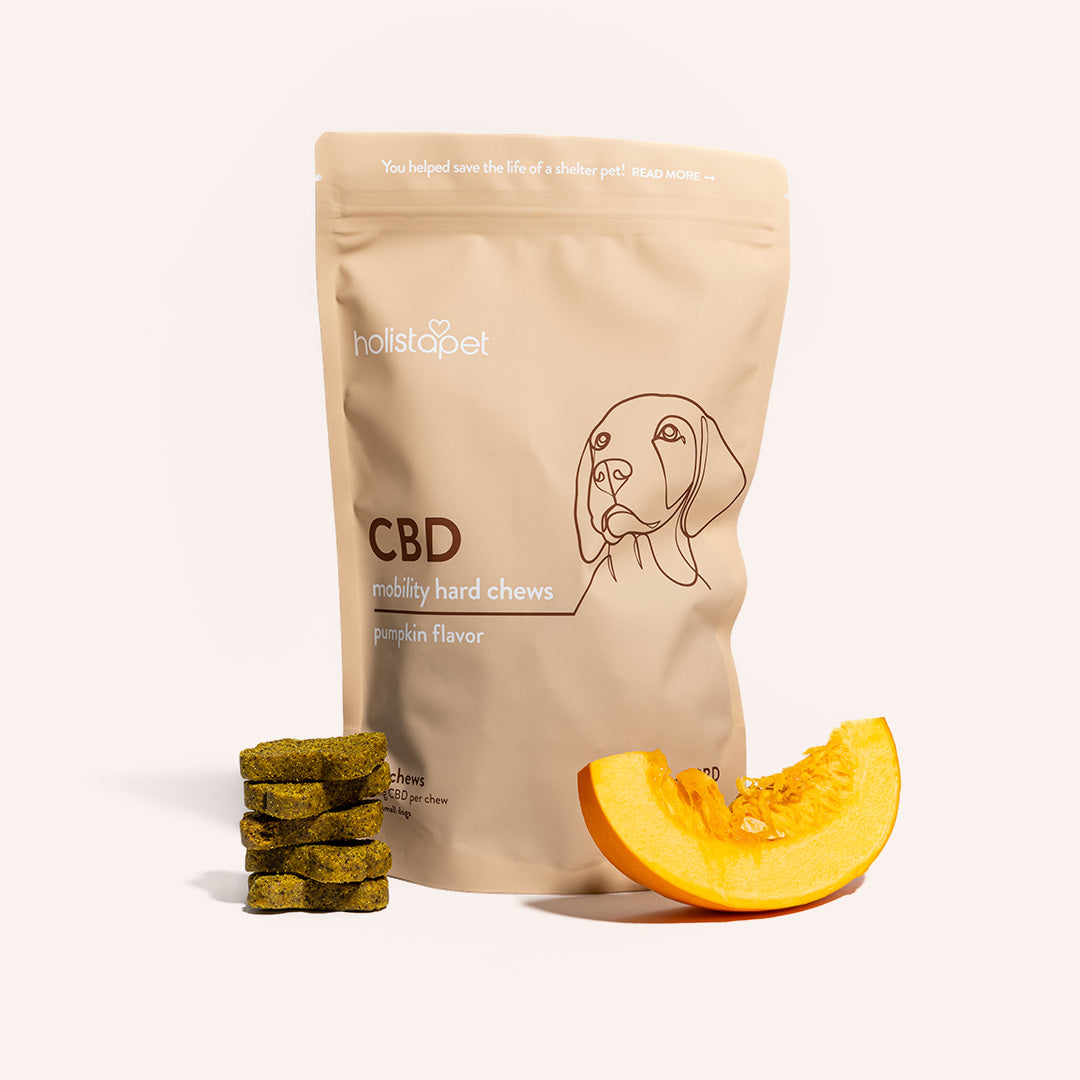
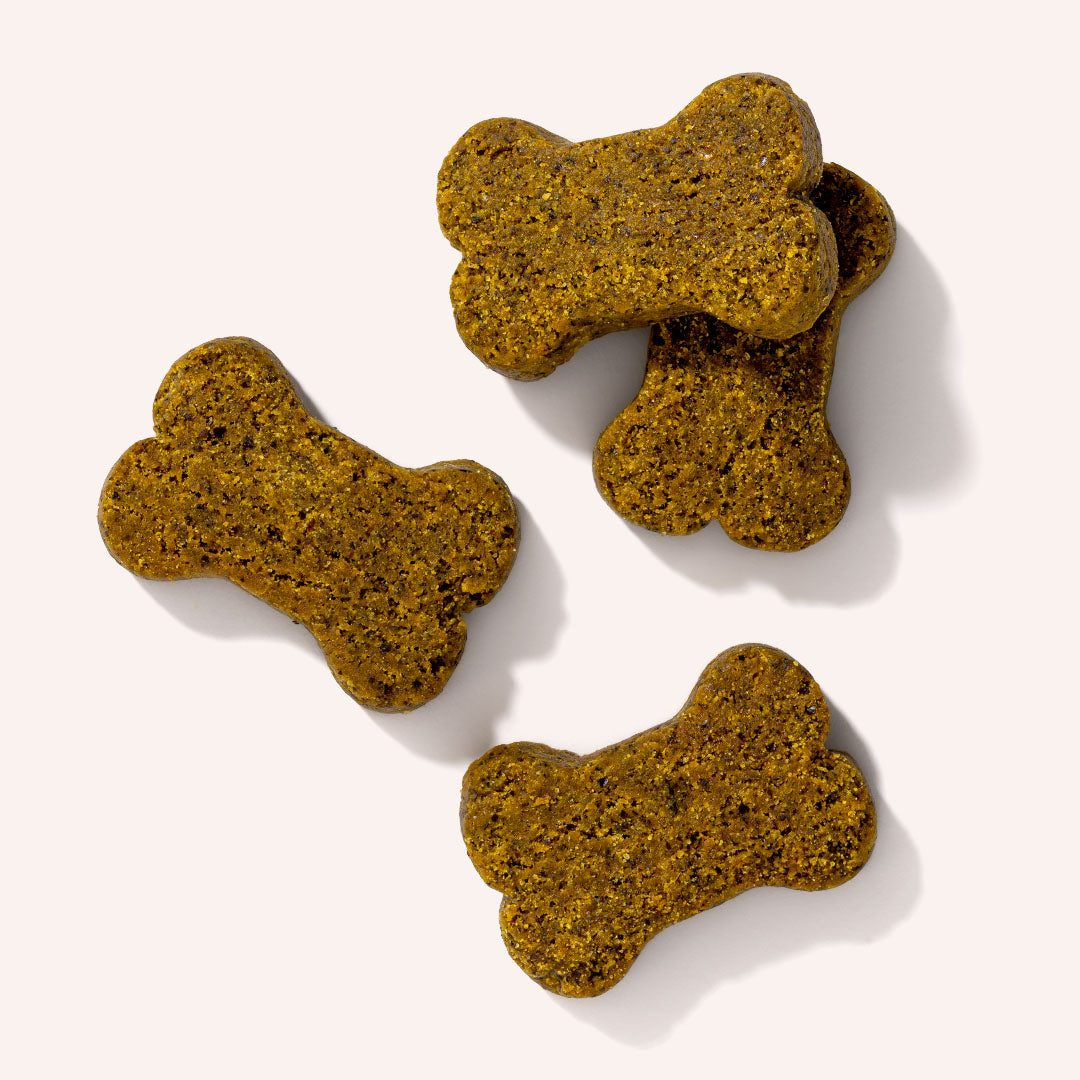

Leave a comment
All comments are moderated before being published.
This site is protected by hCaptcha and the hCaptcha Privacy Policy and Terms of Service apply.